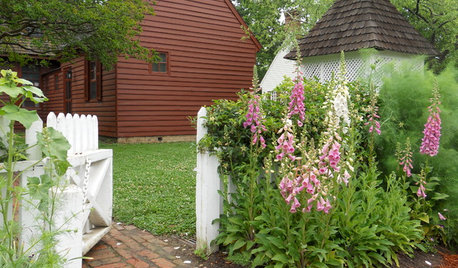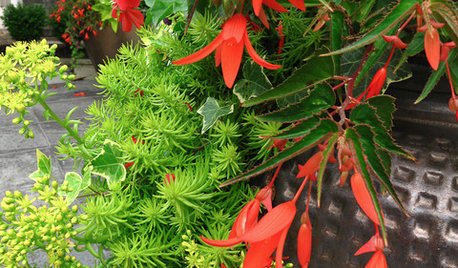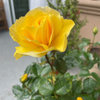Rose Rosette Disease at Local Nursery
grandmothers_rose z6b
11 years ago
Related Stories

GARDENING GUIDESWhat Kind of Roses Should You Grow?
Want to add the beauty of roses to your garden? Find out which ones, from old-fashioned to modern, are right for you
Full Story
GARDENING GUIDESRoses: Crowning Touch of Gardens
Whether you're the Miss or Mister America of gardening or take a hands-off approach, roses can be a winning addition to your landscape
Full Story
GARDENING GUIDESLearn the Secret to Bigger and Better Roses
Grow beautiful roses using both ordinary and unusual soil amendments
Full Story
WINTER GARDENINGPruning Secrets for Exquisite Roses
Encourage gorgeous blooms year after year with this time-tested advice on how to prune your rosebush in winter for health and shape
Full Story
PLANTING IDEASGreat Garden Combo: Rose + Clematis for Small-Space Impact
We all need somebody to lean on. And when a rose supports a climbing vine, the results can totally transform a small garden
Full Story
GARDENING GUIDES6 Captivating Roses for an Alluringly Fragrant Garden
Perfume your garden with aromas from richly spicy to lightly sweet, without sacrificing an inch of color
Full Story
INSPIRING GARDENSSpring Garden Ideas From Colonial Williamsburg
Discover old-time resourcefulness — how gardeners worked the land, used local materials and more — to apply to your landscape today
Full Story
GARDENING GUIDESGreat Design Plant: Bugle Weed, a Quick Ground Cover
It’s highly adaptable, suppresses weeds, reduces erosion and provide weeks of bright flowers. Just watch for invasiveness
Full Story
GARDENING GUIDESMake Sure You Read This Before Buying New Plants
Follow these 10 plant-selection tips to avoid buyer’s remorse
Full Story
GARDENING GUIDESSuperstar Annuals for Containers and Baskets
High performing, low maintenance and all-around gorgeous, these container plants go the distance while you sit back and relax
Full StorySponsored
Columbus Area's Luxury Design Build Firm | 17x Best of Houzz Winner!




hartwood
catsrose
Related Discussions
Advanced rose rosette disease (pics)
Q
Field trials of Rose Rosette Disease susceptibility
Q
Rose Rosette Disease (Mary Shelley)
Q
Rose Rosette Disease...Need Advice
Q
grandmothers_rose z6bOriginal Author
anntn6b
professorroush
grandmothers_rose z6bOriginal Author
hartwood
anntn6b
grandmothers_rose z6bOriginal Author
henry_kuska
buford
henry_kuska
hartwood
grandmothers_rose z6bOriginal Author
flaurabunda
grandmothers_rose z6bOriginal Author
merlcat
grandmothers_rose z6bOriginal Author
merlcat
grandmothers_rose z6bOriginal Author
henry_kuska
grandmothers_rose z6bOriginal Author
grandmothers_rose z6bOriginal Author
henry_kuska
merlcat
merlcat
merlcat
grandmothers_rose z6bOriginal Author
buford
hartwood
henry_kuska
henry_kuska
grandmothers_rose z6bOriginal Author
henry_kuska
buford
grandmothers_rose z6bOriginal Author